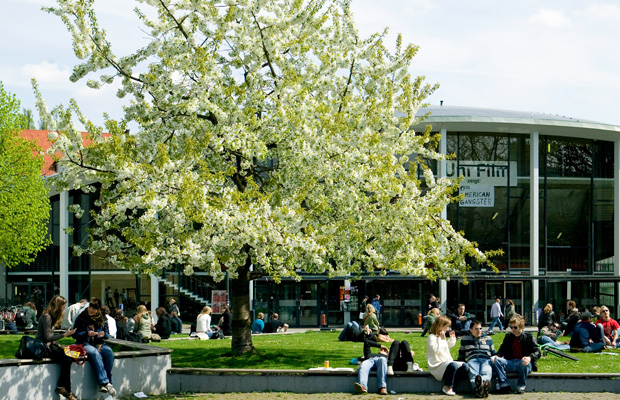The University of Hamburg, Germany’s 5th largest university, was founded in 1919 by local citizens. However, its roots trace back to the 17th century. Today our Faculty of the Humanities is home to over 10 000 students. Since its inception Hamburg University has maintained a strong focus on foreign languages and cultures. Below, you can enjoy a short film about the history of the Universität Hamburg and gain some insights into current key research areas:
Universität Hamburg offers approximately 150 degree programs in the following six schools: School of Law; School of Business; Economics and Social Sciences; School of Medicine; School of Education, Psychology and Human Movement; School of Humanities and the School of Mathematics, Informatics and Natural Sciences.
Furthermore, several museums and collections belong to Universität Hamburg, such as the Zoological Museum, the Herbarium Hamburgense, the Geological-Paleontological Museum, the Botanical Gardens and the Hamburg Planetarium.
Nobel prize winners such as Otto Stern, Wolfgang Pauli and Isidor Rabi were active at the Universität and many other well-known scholars such as Ernst Cassirer, Erwin Panofsky, Aby Warburg, William Stern, Agathe Lasch, Magdalene Schoch, Emil Artin, Ralf Dahrendorf and Carl Frierich von Weizsäcker, to name but a few, taught here.
Campus
The main campus is situated in a lively suburb with many pubs, coffee shops, bookstores and restaurants within walking distance. All conference venues are located here, with easy access to public transport and a Metro Rail and Deutsche Bahn terminal just across the road. You can find more information on the University’s website.


